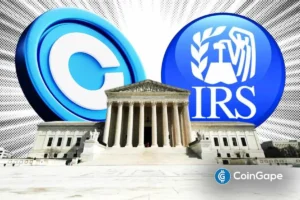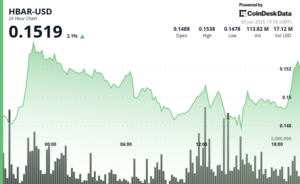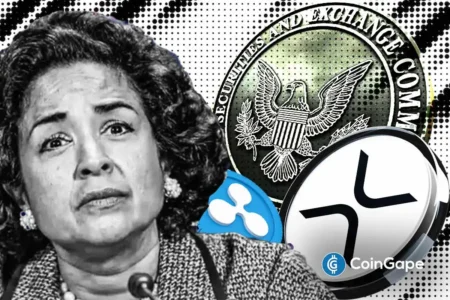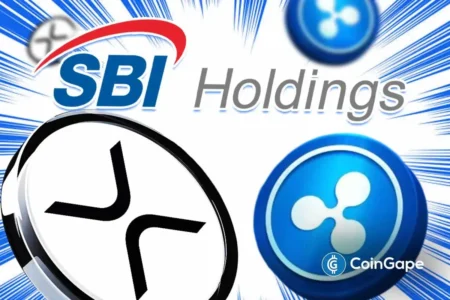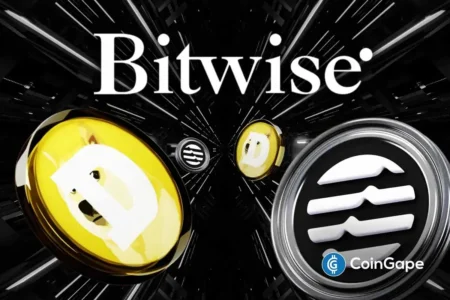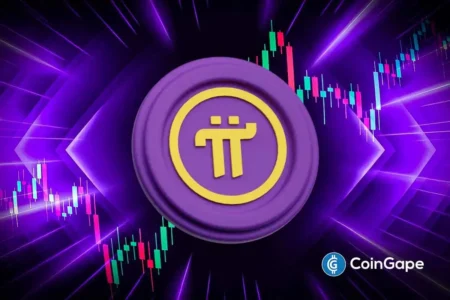What’s Next in the Ripple vs. SEC Lawsuit: Insights and Implications
The long-standing legal battle between Ripple Labs and the U.S. Securities and Exchange Commission (SEC) took another turn this week when Judge Torres denied the SEC’s motion for an indicative ruling. Legal experts, including pro-crypto lawyer John Deaton, have provided insights into the steps that both parties must undertake to influence a potential new judgment in the XRP lawsuit.
Judge Torres’ Ruling and its Implications
Judge Torres’ recent ruling, which deemed the SEC’s motion "procedurally improper," opened the floor for speculation regarding the next steps in this high-stakes battle. The SEC had sought relief from the injunction and aimed to reduce the civil penalty against Ripple to $50 million. However, in order to revisit the case, both parties must address a variety of complex legal and regulatory considerations.
Deaton emphasized that for a new judgment to be granted, the SEC would need to acknowledge its previous errors. This could involve a remarkable shift in the Commission’s stance, including a collaboration with Ripple to support legislation in Congress that aligns with the notion that cryptocurrency assets can be classified as commodities rather than securities. Such a reclassification would limit the SEC’s regulatory authority over these digital assets.
Balancing the Argument: Ripple’s Position
For Judge Torres to consider any changes, there are several crucial arguments both parties must present. Deaton highlighted that the SEC needs to establish that Ripple’s XRP sales did not result in harm to any stakeholders. By asserting that the injunction restricts Ripple’s business, particularly in selling the cryptocurrency to financial institutions, the SEC can make a strong case for reconsideration. They must demonstrate that the existing injunction adversely affects American enterprises, drawing attention to its restrictive nature on the broader crypto market.
Recommendations from Legal Experts
Legal expert Fred Rispoli added another layer of complexity to the ongoing legal saga. He indicated that both Ripple and the SEC should submit a detailed 25-page motion outlining the various cases they have dropped. Such transparency could facilitate a better understanding of their positions and the rationale behind prior decisions that led them here.
Rispoli further proposed that the SEC should provide declarations from its Commissioners to illustrate its past failures in offering clear guidance on cryptocurrency regulations. While such moves may prove beneficial in crafting a stronger argument, the process itself could extend over several weeks, creating a prolonged timeline for any potential resolution.
XRP Market Response
In the wake of Judge Torres’ ruling, the price of XRP experienced a significant drop, falling over 4%. As of the latest updates, XRP was trading around $2.40, reflecting a decline of nearly 2% in just a 24-hour period. This movement is indicative of the market’s reaction to ongoing uncertainties surrounding the legal proceedings and the broader implications for the cryptocurrency landscape.
The Path Forward: Collaborative Efforts
As we look ahead, the legal landscape surrounding cryptocurrency regulation remains fraught with challenges. It is clear that both parties need to engage in some form of collaboration, as simple oppositional stances will not yield favorable results. Transparency, acknowledgment of past mistakes, and a cohesive effort towards establishing clearer regulatory frameworks will be critical for both Ripple and the SEC as they navigate this complex situation.
Conclusion
With the XRP lawsuit remaining unresolved, the stakes continue to rise for Ripple, the SEC, and the broader crypto community. The need for both parties to amend their approaches cannot be overstated; collaboration may be the key to achieving a favorable outcome. As developments unfold, stakeholders will need to monitor closely how these legal maneuvers affect not only Ripple but the future of cryptocurrency regulation in the United States.



